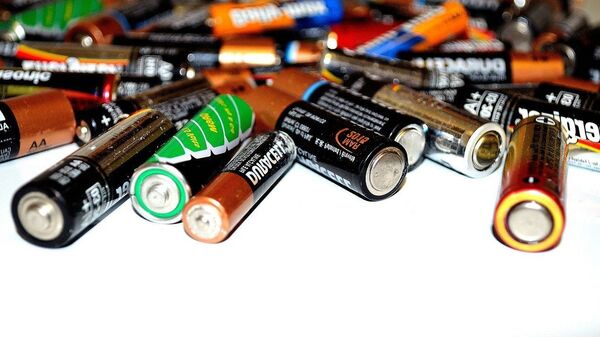According to the authors of the study, they have found a way to create sodium batteries, which will be significantly cheaper than lithium-ion ones and will have greater energy storage capacity in the future. The study's results were published in the journal Nano Energy.
Lithium-ion batteries are used everywhere: in mobile phones, laptops, and other electronics, as well as in various forms of transport and space technology. At the same time, lithium is an expensive metal and, according to experts, its reserves are quite limited.
There is currently no efficient alternative to these batteries. Lithium is an alkali metal and one of the lightest periodic table elements, which is why it’s hard to find a replacement for it, the scientists explained.
A team of scientists from NUST MISiS, IBCP RAS, and Helmholtz-Zentrum Dresden-Rossendorf (Germany), under the leadership of Professor Arkady Krasheninnikov, has developed a promising alternative to the expensive metal. The scientists have demonstrated that if the atoms of alkali metals are placed in a certain way, it is possible to achieve an energy capacity comparable to lithium.
According to the authors of the study, the special way of placing atoms involves stacking them in several layers one above the other. It is possible by transferring high voltage metal atoms into the space between two graphene sheets.
“It was believed that in batteries, lithium atoms can only be placed in one layer, but recent experiments conducted by our German colleagues have shown that it’s possible to create stable multilayer lithium structures between graphene layers. We were interested in studying the possibility of forming such 'sandwiches' with other alkali metals”, Ilya Chepkasov, one of the authors of the study, a researcher at the NUST MISiS Laboratory of Inorganic Nanomaterials, said.
According to the model developed by the researchers, by placing a two-atom-thick layer of sodium between two layers of graphene, it is possible to create an anode with a capacity slightly less than that of an anode in lithium-ion batteries: about 335 mA*h/g versus 372 mA*h/g accordingly.
“The calculations have shown that increasing the number of lithium layers leads to lack of stability. In the case of sodium, there is an opposite trend: the stability of the structures increases with an increase in the number of layers”, Zakhar Popov, a senior researcher at the Laboratory of Inorganic Nanomaterials at NUST MISiS and IBCP RAS, explained.
Next, the team of scientists wants to create and study experimental samples. The scientists believe that, if successful, they can think about creating a new generation of batteries. Having the same capacity as lithium-ion ones or even surpassing them, sodium batteries will be several times cheaper.




